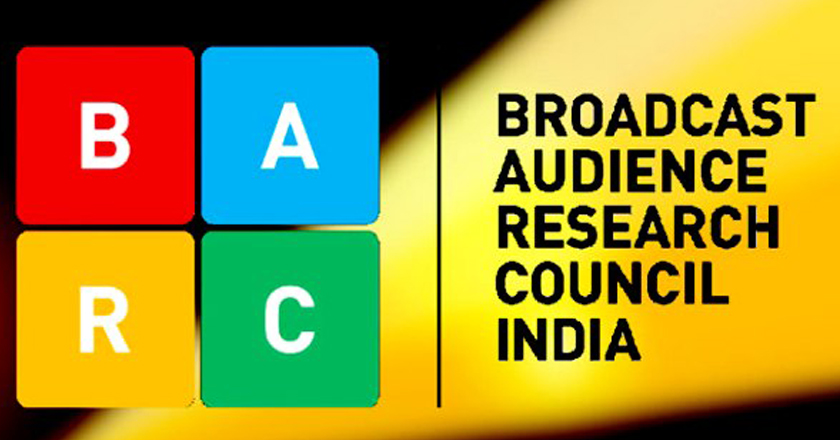- Now is the opportunity to know ground realities, to reposition
- Measure the impact of the programmes and difference they make

The core of ongoing controversy on TV ratings is much larger than is being made out. It is not about two competing channels. Or, is it limited to a police complaint or to Mumbai city or about who manipulated viewership claims more. The present hype scratches a larger make-believe national scam of three decades old.
This is not the first time that a controversy erupted on TV ratings. In fact, it is the fifth time since CMS (Centre for Media Studies) had first raised it at the outset in a series of public discourses during 1990-2000. It is good BARC (Broadcast Audience Research Council) has now temporarily suspended the service for a review. This initiative should be a turning point for television channels come to terms with ground realities and reposition themselves.
The TRP (Television Rating Point) system was initially promoted and conducted for two decades by a foreign outfit (TAM) of global advertising corporates to sustain newly entering foreign channels and programmes to promote consumerism and lifestyles even derogatory to Indian family system. It was to cater to the interests of advertising that TRP was devised, not so much for viewership of channels or of programmes. By the time the ill effects on content priorities were realised, TRP had already become the currency of Indian television industry. That is an irony.
Better leave TRP legacy behind
We have come a long way since to hang on to that outdated legacy. With new technologies around and capabilities with in, it is time to reconsider the assumptions and deductions from the notion of TRP itself. Should it limit to monitoring chances of households but also the impact and difference being made as a result of viewing opportunities. The TRP system came into being based on a specially installed imported meters in a few preselected representative TV households. The meter was to record whoever comes within the viewing range of a TV set in the household when the set is on and also marks the presence by pushing a button.
TRP regime was not representative
Initially the TRP system was launched with 250 meters installed in Delhi and Mumbai TV households. In the first decade it was hyped as national without covering rural and reading hardly one third of the country with a sample of much less than ten thousand TV households. Even now the sample is only around 35000 TVHH. How representative that sample was a different point but an important one. These were never debated until the pressure built up in Parliament and outside. Otherwise the governments remained unconcerned all through. So also the academics.
The launch of BARC, in place of the earlier foreign private outfit, was expected to bring in transparency, rationality and representative character in the measurement of audience. Although it is an industry lead outfit, it has been trying to establish itself. But how can it make the difference if the channels donot cooperate in the interest of the industry and also the viewers. Despite BARC directives against, many channels continue to hype viewership claims.
Go beyond monitoring
It is viability of channels given the kind of proliferation and the Rating service with increased sample size continue to haunt the scope of television in India. The State and independent public trusts should support research and ratings to sustain as independent, much needed, service for a better TV. But the concern of such service should be much beyond monitoring. Impact and implications of content to the larger interests of the public cannot be ignored.
Although BARC is supported mostly by the channels and is managed by the industry, it has been trying to establish as a credible agency. Pending an alternative, the industry should rally behind BARC. BARC, on the other, should go beyond the TRP tag and monitoring. It should include public concerns and perspectives in the model. Today there are better reliable methodologies. I appeal to the leaders of channels and also advertising to rethink about TRP trap in favour of a more rational and transparent methodology and system. The present controversy should not go waste. It should be a turning point for channels to unleash their true power which I discussed in my EMESCO book of 2012 (Unleashing power of news channels). More specifically, My 2019 book by Vitasta, ‘The TRP Trick – How Television in India was Hijacked,’ traces the origins of TRP, the controversies around and the pros and cons of rating methodology in the Indian context and the way forward.
(Dr. N.Bhaskara Rao is a veteran of media research in India with 50 years track of media scene and insights from IT.)




